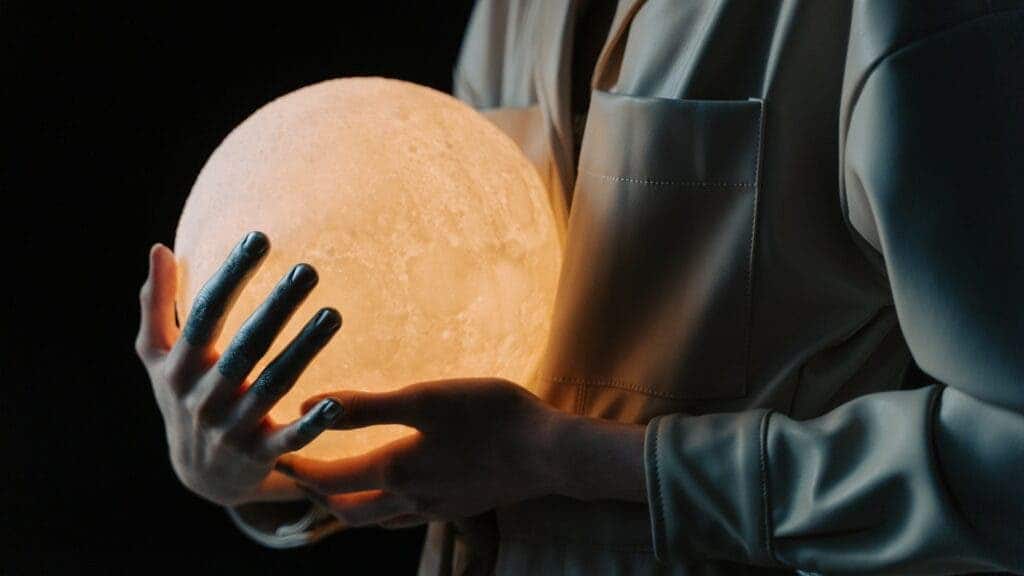Just like true love, a paradox cannot be explained with logic alone. Simply put, a paradox is a self-contradicting statement. Any idea, situation, puzzle, statement, or question that challenges your ability to reason, and leads you to an unexpected and seemingly illogical conclusion, can be considered a paradox.
The classic paradox example is the so-called Grandfather Paradox. Imagine a psychotic time traveler who goes back in time and kills his grandfather before his father is conceived. This means that the traveler wouldn’t have been conceived, and if he wasn’t conceived, then who went back to kill his grandfather?
The answer to this theoretical time travel mystery is still unclear, as is the case with many other interesting paradoxes. In this information age, logic helps us understand what is known to us but a paradox serves as a reminder of what else we need to know. Let’s dive in.

How do you define a paradox?
A paradox is a thought that can sound reasonable and illogical at the same time. The Cambridge dictionary defines paradox as a situation that could be true but is impossible to comprehend due to its contrary characteristics. In the Greek language, ‘para’ translates to ‘abnormal’, ‘distinct, or ‘contrary’’ and ‘dox’ means ‘idea’ or ‘opinion’. Therefore, according to some Greek philosophers, a paradox is an abnormal or self-contrary belief or idea that ultimately leads to an unsolvable contradiction.
You don’t need time travel to create a crazy paradox. For instance, in the famous crocodile paradox (of which there are many variations), a magical crocodile steals a child and promises to return it only if the father can guess correctly what the crocodile will do. If the father says “The child will not be returned” — what can the crocodile do? If he doesn’t return the child, that means the father’s guess was true so he should have returned the child. If he does return it, then the father’s guess was false, so he shouldn’t have. It’s a paradox, nothing the crocodile does can satisfy the situation.

This paradox is believed to have originated centuries ago in ancient Greece, but there are hundreds of different paradoxes that are found in literature, mathematics, philosophy, science, and various other domains as well. Though a true paradox can seem both true and false at the same time, logic tends to suggest most of the paradoxes as invalid statements.
There are four main types of paradoxes:
- Falsidical paradox: A paradox that leads to a false conclusion resulting from a misconception or false belief. For example, Zeno’s Achilles and tortoise.
- Veridical paradox: When a situation or statement tells us about a result that sounds absurd but is actually valid by logic. Shrodinger’s cat is a famous example of a veridical paradox.
- Antinomy paradox: A question, puzzle, or statement that does not lead to a solution or conclusion is called an antimony paradox (also known as self-referential paradox). One of its examples is the Barber’s paradox (discussed below).
- Dialetheia: When the opposite of a situation and the original situation co-exist together, such a paradox is called dialetheia. No concrete examples are known but some real-life situations can be considered dialetehia (for example when you are standing at the kitchen door, and one of your family members ask you if you are in the kitchen? You are right whether you answer yes or no.
Why paradoxes matter
Paradoxes are important because they make us think. They force us to reassess what we thought we knew and ponder things from unusual perspectives. A paradox mindset, in which we embrace contradicting (or seemingly contradicting ideas) is a key to success, some studies have shown. Leading thinkers were found to spend considerable time developing ideas and counter-ideas simultaneously, something called the Janusian process.
Studying paradoxes is also important, especially for mathematicians. Mathematicians love to break everything into small pieces and define things carefully, and they do that with paradoxes. For instance, let’s take a simple paradox called the Temperature paradox, which states:
“If the temperature is 90 and the temperature is rising, that would seem to entail that 90 is rising.”
Obviously, 90 is not rising, it’s a fixed number, it can’t be rising. We know that intuitively, but how do we prove it? American mathematician and philosopher Richard Montague dealt with this paradox (and many others), and explained that the paradox emerges from linguistic vagueness, which can be addressed through mathematical clarity. The linguistic formalization of the paradox would go something like this:
- The temperature is rising.
- The temperature is ninety.
- Therefore, ninety is rising. (invalid conclusion)
But the mathematical formalization implies that point 1. marks how the temperature changes over time, while point 2. makes an assertion about the temperature at a particular point in time. Therefore, we cannot draw conclusions based on this single point in time.
This type of paradox, which emerges from language issues and ambiguity is not often important, but other paradoxes, especially those that can’t be resolved through normal means, hold importance because they help us find better definitions of objects and relationships. A good example of this is Curry’s paradox.
Now that we know the types of paradoxes and why they matter, let’s look at of the most popular and insane paradoxes of all time:
Paradox examples
“This sentence is false”
This so-called liar’s paradox is the canonical example of a self-referential paradox. Other classic examples are “Is the answer to this question ‘no’?”, and “I’m lying.”
Mathematicians have tried to dissect and analyze this paradox in great detail because it can hold some importance to defining inherent limitations of mathematical axioms. The liar’s paradox was used in 1931 by a mathematician named Kurt Gödel to define mathematical axioms, but the paradox itself dates back to at least 600 BC, when the semi-mythical seer Epimenides, a Cretan, reportedly stated that “All Cretans are liars.”
The Barber paradox

Proposed by British mathematician Bertrand Russell, this paradox states that if a barber is defined as the person who only shaves individuals who do not shave on their own, then who shaves the barber? In this case, the barber would shave himself — but then, according to the definition, he is no longer the barber as he cannot shave a person who would shave on their own.
Now, if he is not shaving on his own, then he is among those who are supposed to be shaved by the barber. In this case, also, the barber has to shave himself. Therefore, the barber paradox suggests that no such barber can ever exist who is called a barber because he only shaves people who do not do their own shave. Well, then what the heck even is a barber?
Sorites’ paradox

If there is a heap of sand that has one million grains, and one by one, grains are being removed from the heap such that at the end of the process only one grain remains, would it still be seen as a heap? If not then when does the heap of sand become a non-heap? Sounds crazy, right? But that is the Sorites paradox given by Eubuildus of Miletus around the fourth century BCE, and till this day, no math genius has been able to give a logical solution to this problem.
Another similar type of puzzle is the so-called ship of Theseus. The mythological hero Theseus sails on to his adventures, and at some point, one of the ship parts needs replacing. It’s still the same ship, right? Just one part was replaced. But part after part, every component on the ship is replaced. Is it still the same ship? If not, when did it stop being the same ship?
Zeno’s Achilles and the tortoise

In this paradox developed by the ancient Greek philosopher Zeno, there is a race between the great Greek warrior Achilles and a tortoise. The tortoise is given a head start of 100 meters. Achilles runs faster than the tortoise so it will catch up to it. But here’s how Zeno looked at things:
- Step #1: Achilles runs to the tortoise’s starting point while the tortoise walks forward.
- Step #2: Achilles runs to where the tortoise was at the end of Step #1, while the tortoise goes a bit further.
- Step #3: Achilles runs to where the tortoise was at the end of Step #2 while the tortoise goes yet further.
- … and so on.
The gaps get smaller and smaller every time, but there is an infinity of these steps, so how can Achilles overcome an infinite number of gaps and catch up to the turtle? How does anything catch up to anything, for that matter? Obviously, things do catch up to other things, so what’s going on here?
The ancient Greeks lacked the mathematical tools to address this paradox, but nowadays, we know better. There may be an infinite number of steps, but they are also infinitely small. It’s a bit like how 1/2 + 1/4 + 1/8 + 1/16 +… to infinite adds up to 1. It’s an infinite number of steps, but the steps become infinitely small, and in the end, they add up to something tangible.
Animalia Paradoxa – The classification of magical creatures
This is actually not a paradox but a biological classification of the beasts and magical creatures that are also mentioned in ancient storybooks. In the versions of Systema Naturae that arrived before its sixth edition, author Carl Linnaeus (father of modern taxonomy) has listed creatures like Hydra (snake with seven faces), Draco (a dragon with bat-like wings and ability to spit fire), Unicorn (beautiful single-horned horse), Lamia (half-human half-animal), etc.
From a scientific point of view, these creatures don’t exist so then why did a genius like Carl Linnaeus mention such creatures in his greatest scientific work? It seems paradoxical that the man who defined our classification of biological creatures would introduce unreal creatures; one might say it’s a bit paradoxical.

Paradoxes have a unique draw because they appeal to human curiosity and mystery. They seem to ignite the curiosity of the human mind for thousands of years and will likely continue to do so for many years to come.


